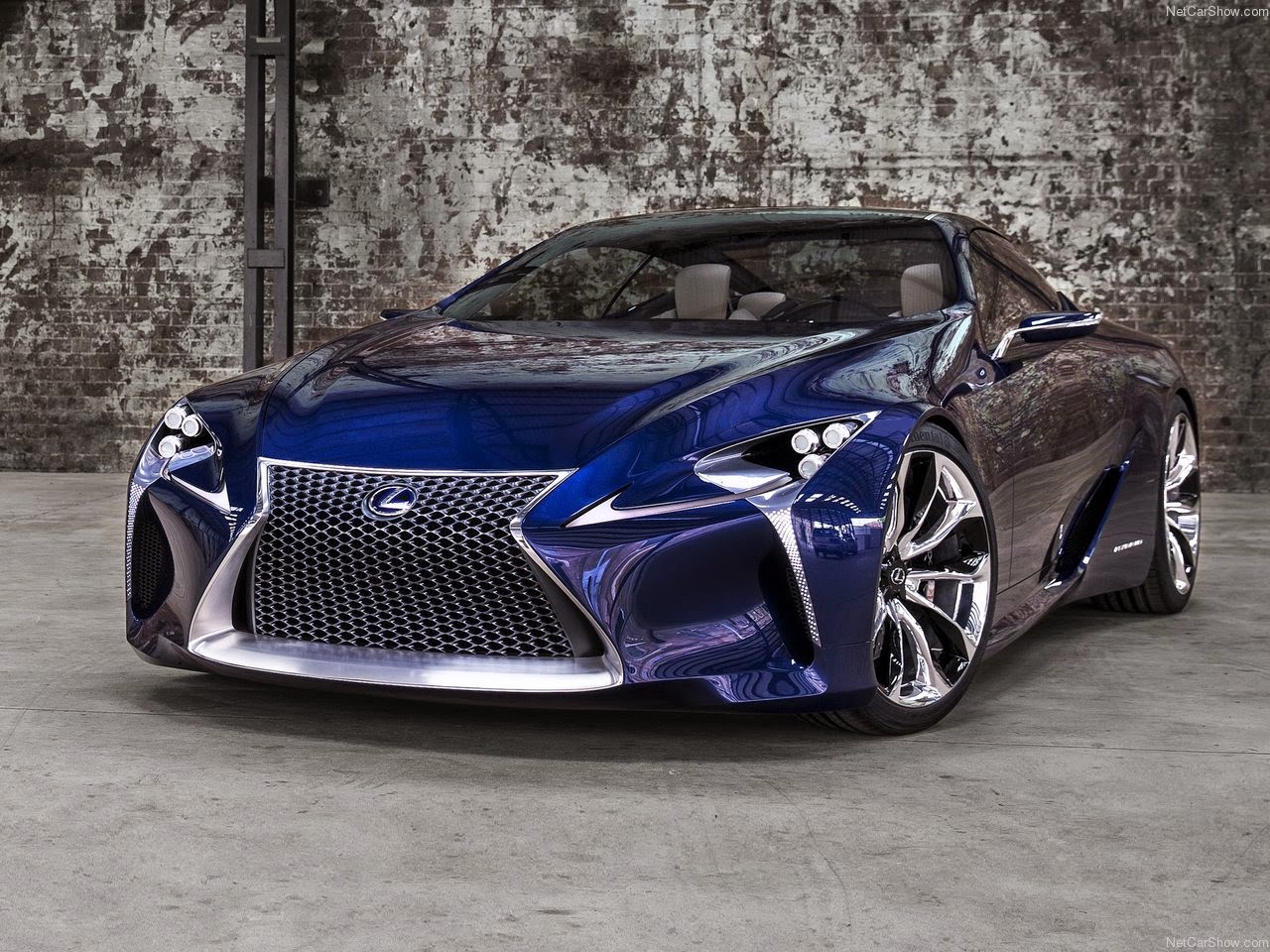 |
| 2015 Lexus NX |
 |
| 2011 Lexus LF-LC Blue Concept |
The Lexus periodic table spans attention-grabbing show cars and attention-seeking production cars. The brand is just beginning to consolidate the two, starting with the LF-Gh concept in 2011, which outlined a new face and fresh take on headlamps, followed by last year’s powerful LF-LC concept that introduced a dramatic gesture and beautiful interior.
The stance of the NX is defined by a high-point somewhere over the rear passengers, lending a gesture that is more dynamic than the surging Infiniti FX55. A triangular shoulder peaks in width at the B-post, where it creates a diagonal bone-line that intersects the front axle. The shoulder dives into the window-line ahead of the A-post, making way for a prominent front wheel-arch from which point forward the LF-LC’s face is found.

At the back, the haunch resists bringing the shoulder out to cover the wide track: the vertical surface below pressing into the wheel-arch is the more memorable aspect. In this space, between arch and shoulder, the short surface is drum tight, giving a machined look that softens as one reaches the middle door-cut.

At the back, the haunch resists bringing the shoulder out to cover the wide track: the vertical surface below pressing into the wheel-arch is the more memorable aspect. In this space, between arch and shoulder, the short surface is drum tight, giving a machined look that softens as one reaches the middle door-cut.
Much has changed since I first walked into a Lexus design studio. Today's cars embrace a deeper appreciation of worldly tastes, the richness now inherent in their designs as strong as the marketing and engineering that propelled the brand nearly thirty years ago. Japanese companies have been the slowest to promote foreign design leadership, so the mixing of cultures at Lexus must be the harbinger of change if their compatriots are to expect the same success.

No comments:
Post a Comment